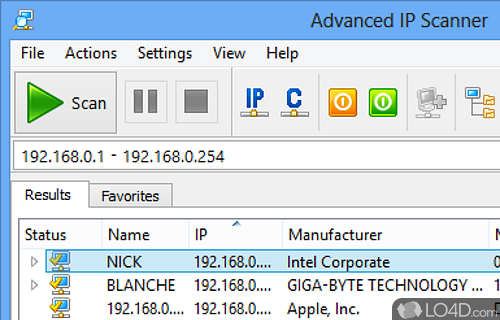

We’ve looked at why nslookup is important, now you need to know how to check DNS records using nslookup.

Using nslookup, you gain an easy way to troubleshoot and get everything running again. In these situations, business slows down or may even come to a halt, and you’ll need to resolve the issues quickly. Having these options is important because if DNS isn’t working correctly, no online functionality is available-you can’t look at websites, use chat services, or send emails. This can be used on Windows or Unix, or even online with services such as and. That’s where nslookup comes in.Īs a command-line tool, nslookup gives you the ability to find the IP address for a specific host, or vice versa. Most of the time it’s successful, but when it’s not, you need to know why. Why Use nslookup?Īlthough it consists of several steps, this process of resolving a domain name happens in under a second. The information is then supplied to the user’s browser, allowing the site to be accessed through the IP address. The server provides the correct IP address to the recursor server, where it’s placed into the cache. The authoritative name server is where the request is resolved. Once the request passes through the TLD server, it goes on to the authoritative name server. The TLD name server contains information about hostnames with common extensions, such as. In this zone, requests are redirected as needed once the root zone server provides the IP address of the TLD name server. The root name server, also known as the root server, is in the root zone, or top, of the DNS hierarchy. The recursor checks the cache to see if the IP address is already available if not, it contacts the root name server. The DNS recursor server, or the recursive DNS server, is called on when a user initially types a domain name into a browser. This process involves four types of DNS servers: Using nslookup and Monitoring Tools to Troubleshoot DNS How DNS Worksīefore discussing how to troubleshoot DNS issues, it’s important to know how DNS works.ĭNS is a utility with a distributed structure, and it works with the TCP/IP network protocol to resolve domain names. This guide will give you information on how to use nslookup, followed by an overview of the best DNS monitoring tools. You can also use monitoring tools to help track DNS information. Short for “name server lookup,” nslookup gives you a way to research information about a domain name and identify problems. One way to do this is with a tool called nslookup. This is what translates familiar network names into IP addresses machines can read, or IP addresses back to domain names.Īll web content and internet-based services rely on DNS, which is why you need to be able to easily troubleshoot any problems. One of the most important components of successful internet service is the domain name system (DNS).


 0 kommentar(er)
0 kommentar(er)
